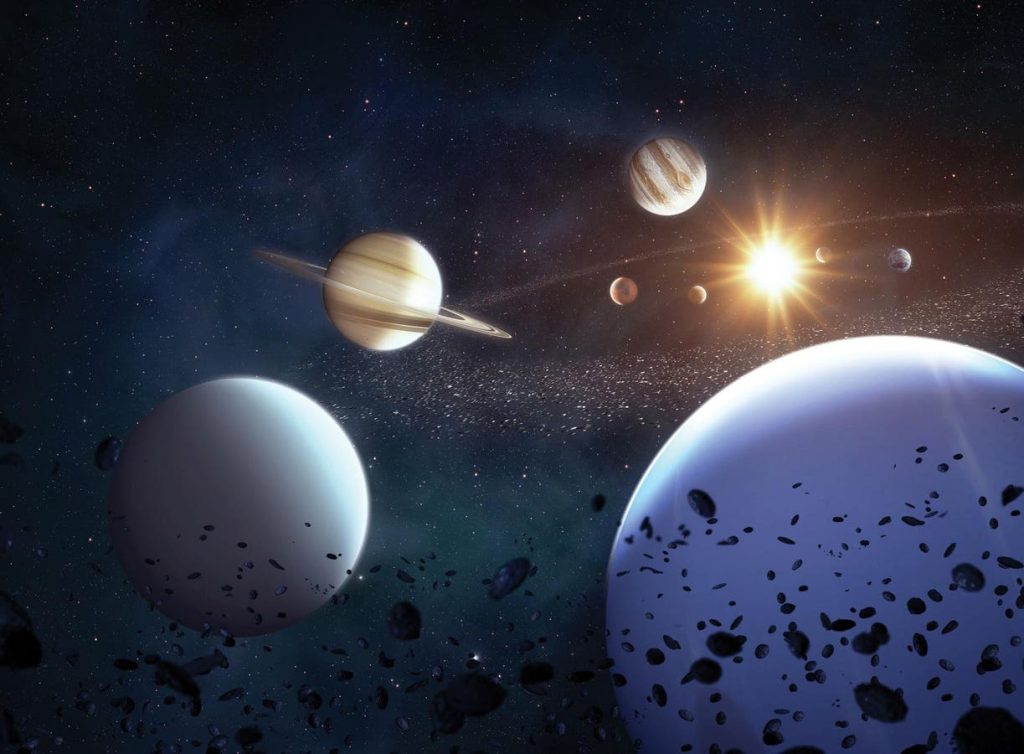On April 8th, a total solar eclipse will occur, providing a rare opportunity for skywatchers to see multiple planets in the sky. While all the planets and moons in the solar system will be present during the eclipse, only two planets, Venus and Jupiter, will be easily visible. Venus will be located about 15 degrees west-southwest of the sun, while Jupiter will be visible 30 degrees east-northeast of the sun as totality begins.
Dr. Ryan French, a solar physicist, explained that on April 8th, Uranus, Jupiter, Mercury, Venus, Neptune, Saturn, and Mars will all be relatively close to the sun in the sky. However, due to the twilight-like darkness during totality, it will not be dark enough to see all the planetary neighbors. Jupiter and Venus will be strikingly visible, with Saturn and Mars potentially also visible for those closer to the center of the path of totality.
During the eclipse, the closest planet to the sun, Mercury, will be too faint to be seen, as will Uranus and Neptune, which are not visible to the naked eye in the nighttime sky. Additionally, comet 12P/Pons-Brooks will be near Jupiter during totality, but it may not be bright enough to be seen due to light pollution. Skywatchers may have better luck spotting the comet in the evenings following the eclipse, particularly on April 21st when it will be closest to the sun.
Overall, the total solar eclipse on April 8th will provide an incredible opportunity to witness multiple planets in the sky. While only Venus and Jupiter will be easily visible, those closer to the path of totality may also spot Saturn and Mars. Skywatchers are advised to enjoy the event and keep an eye out for comet 12P/Pons-Brooks, which may be visible on the evenings following the eclipse. With clear skies and wide eyes, observers can make the most of this celestial spectacle.















